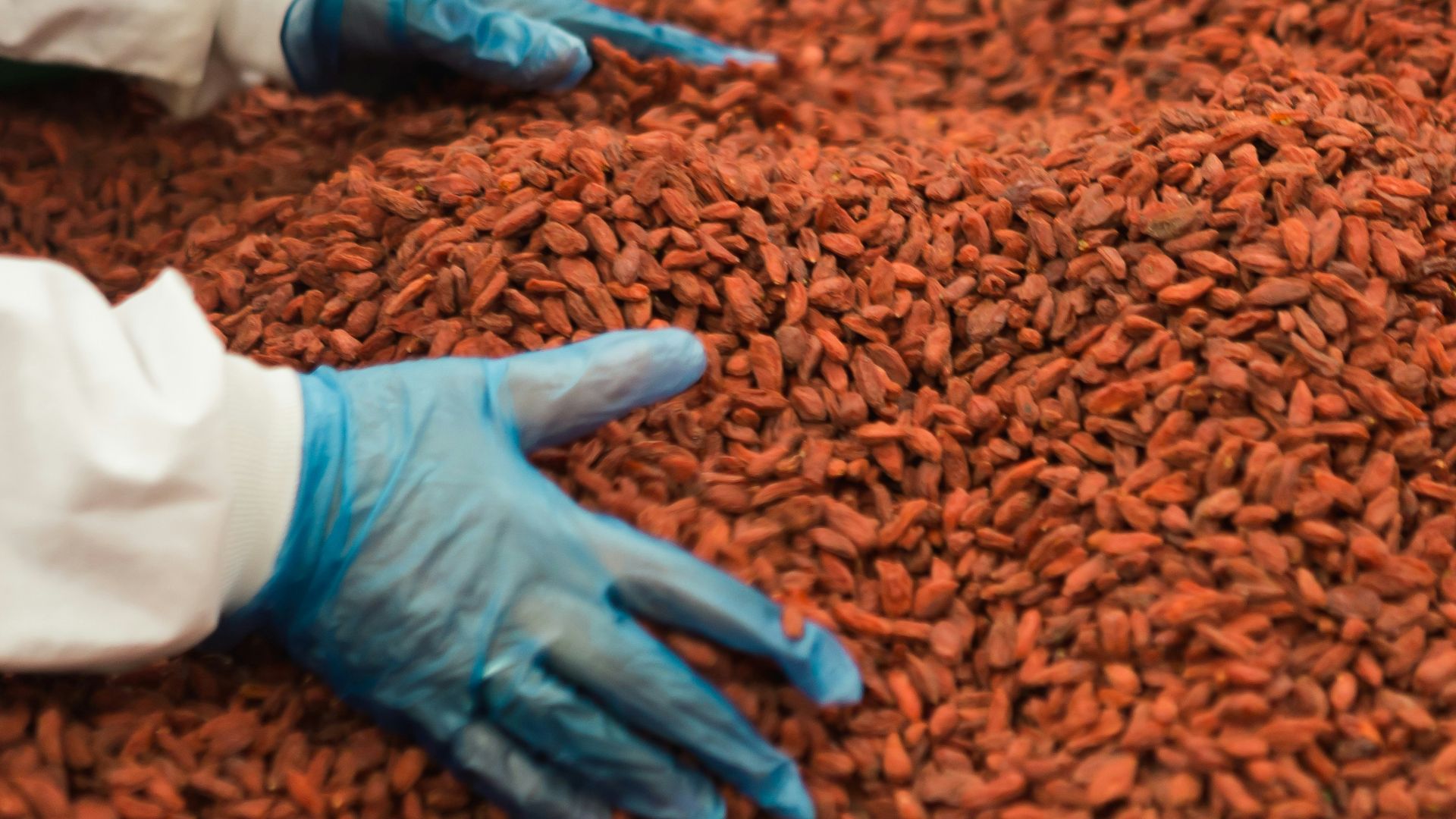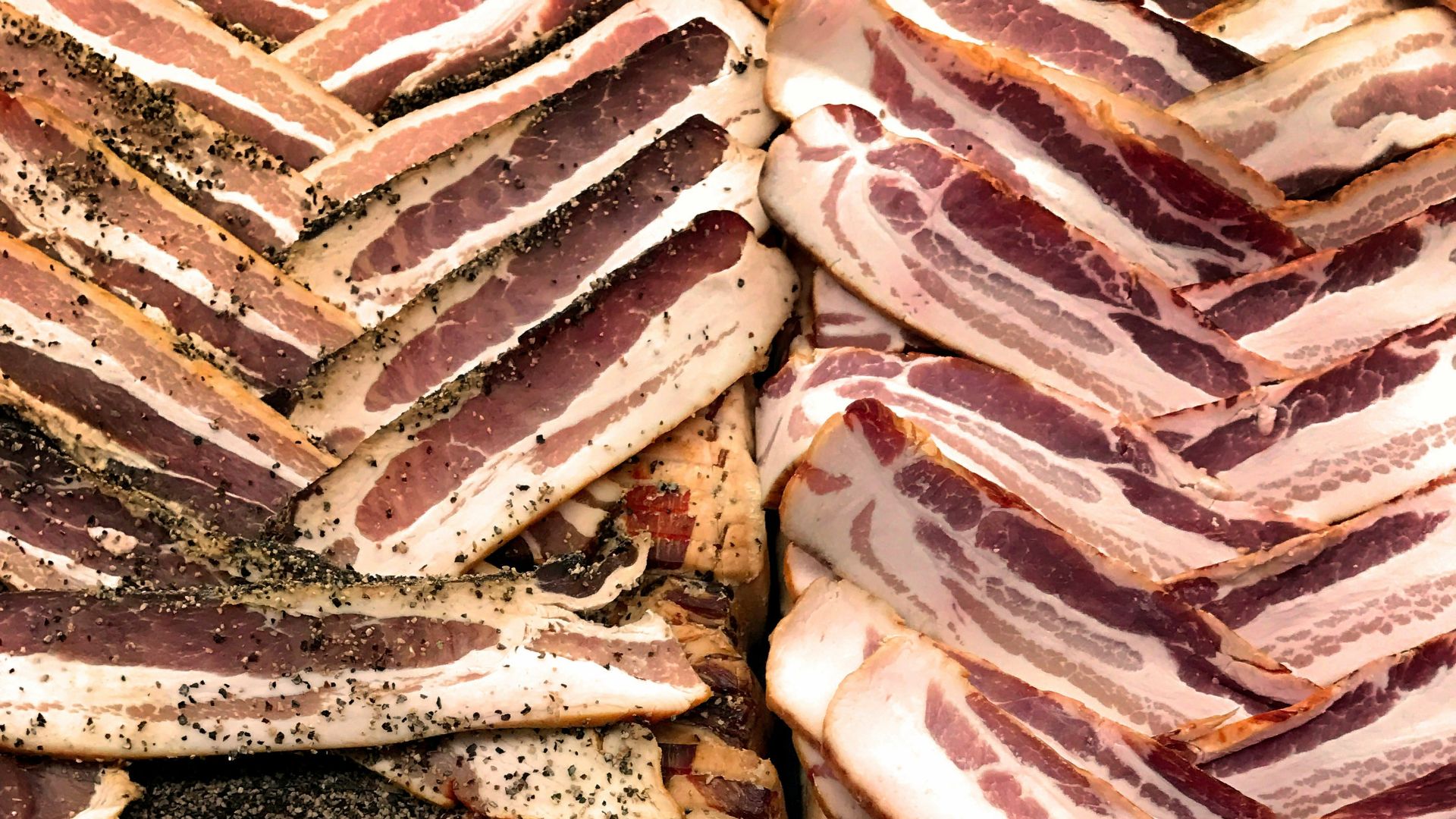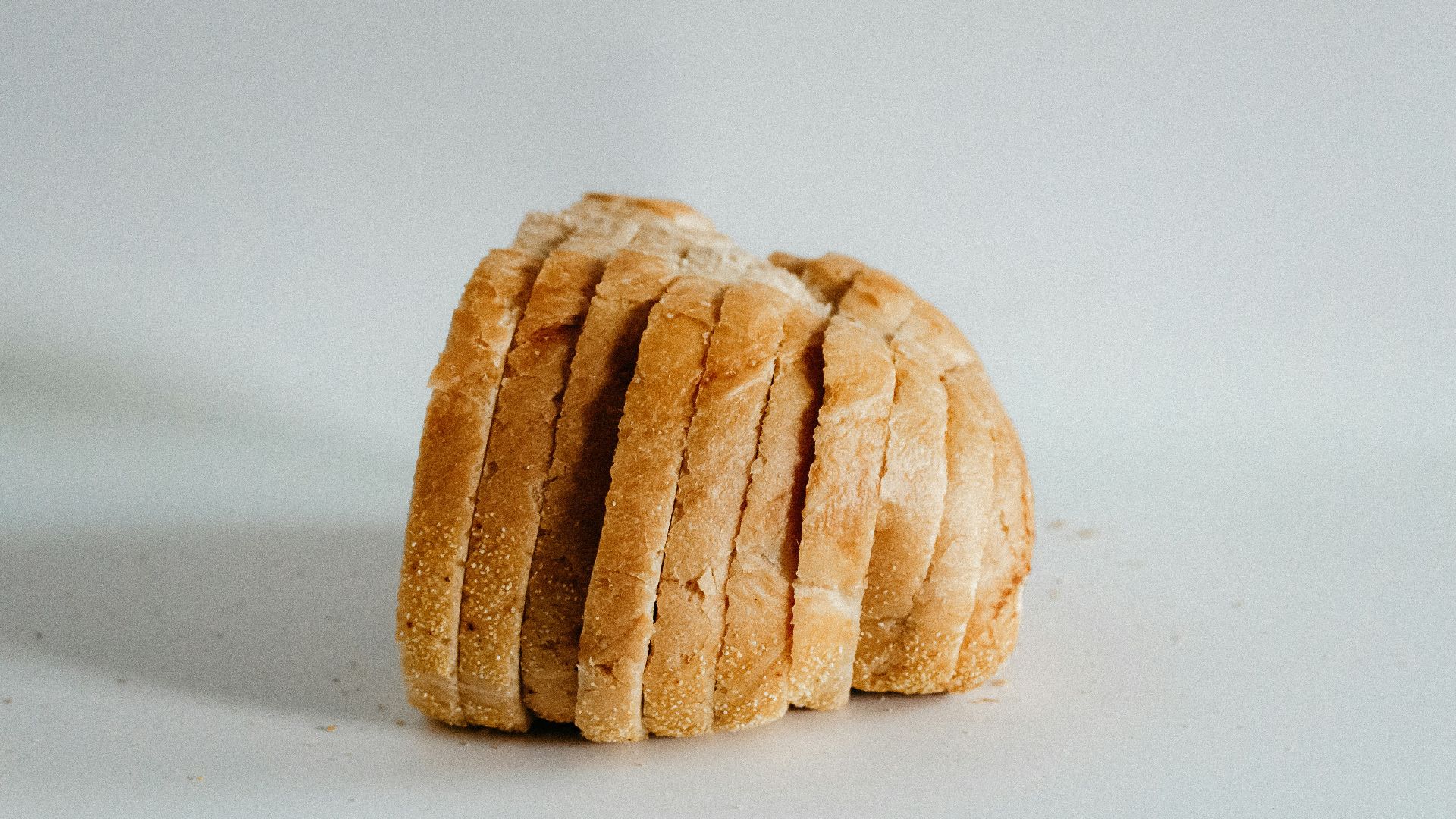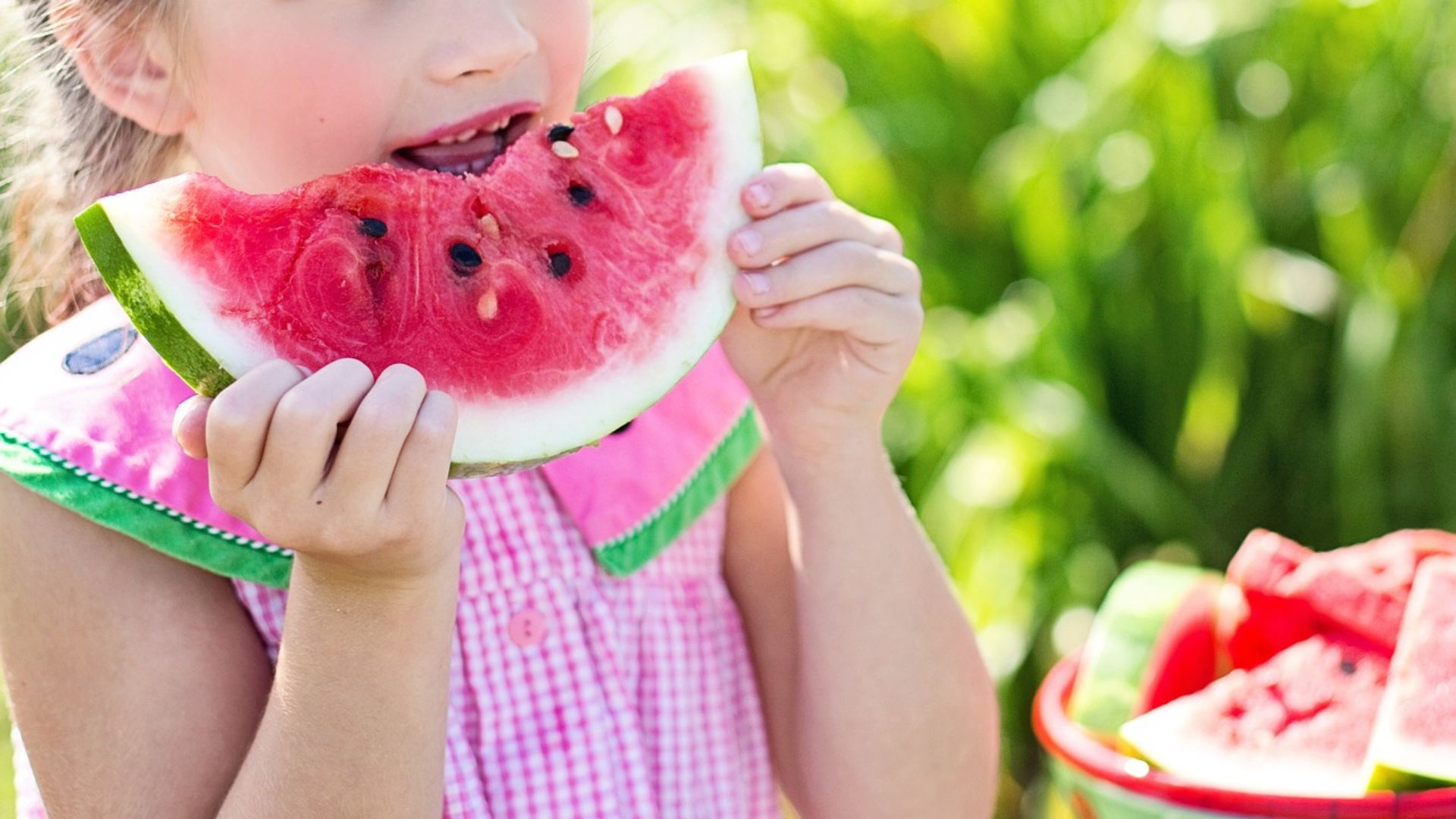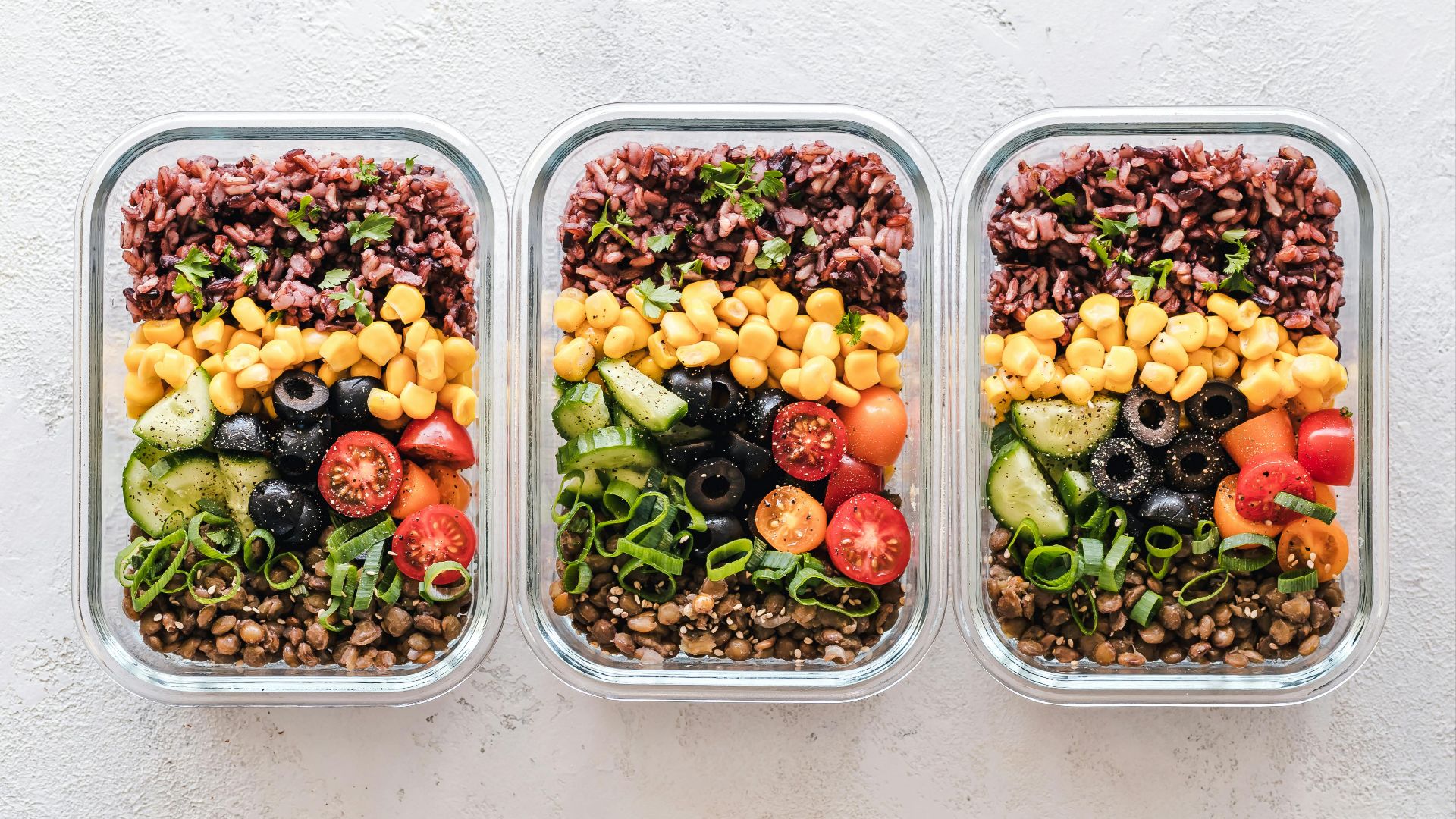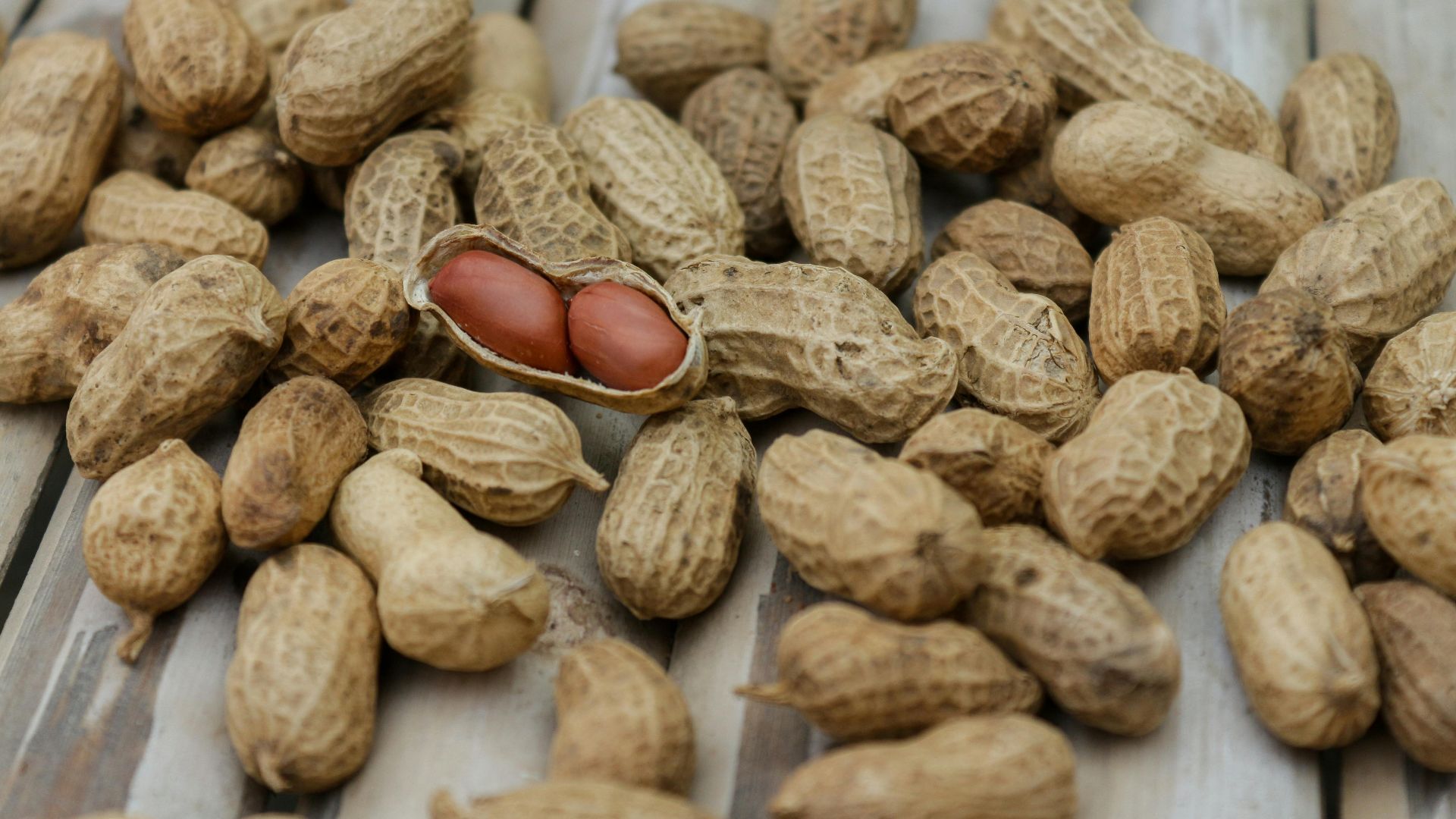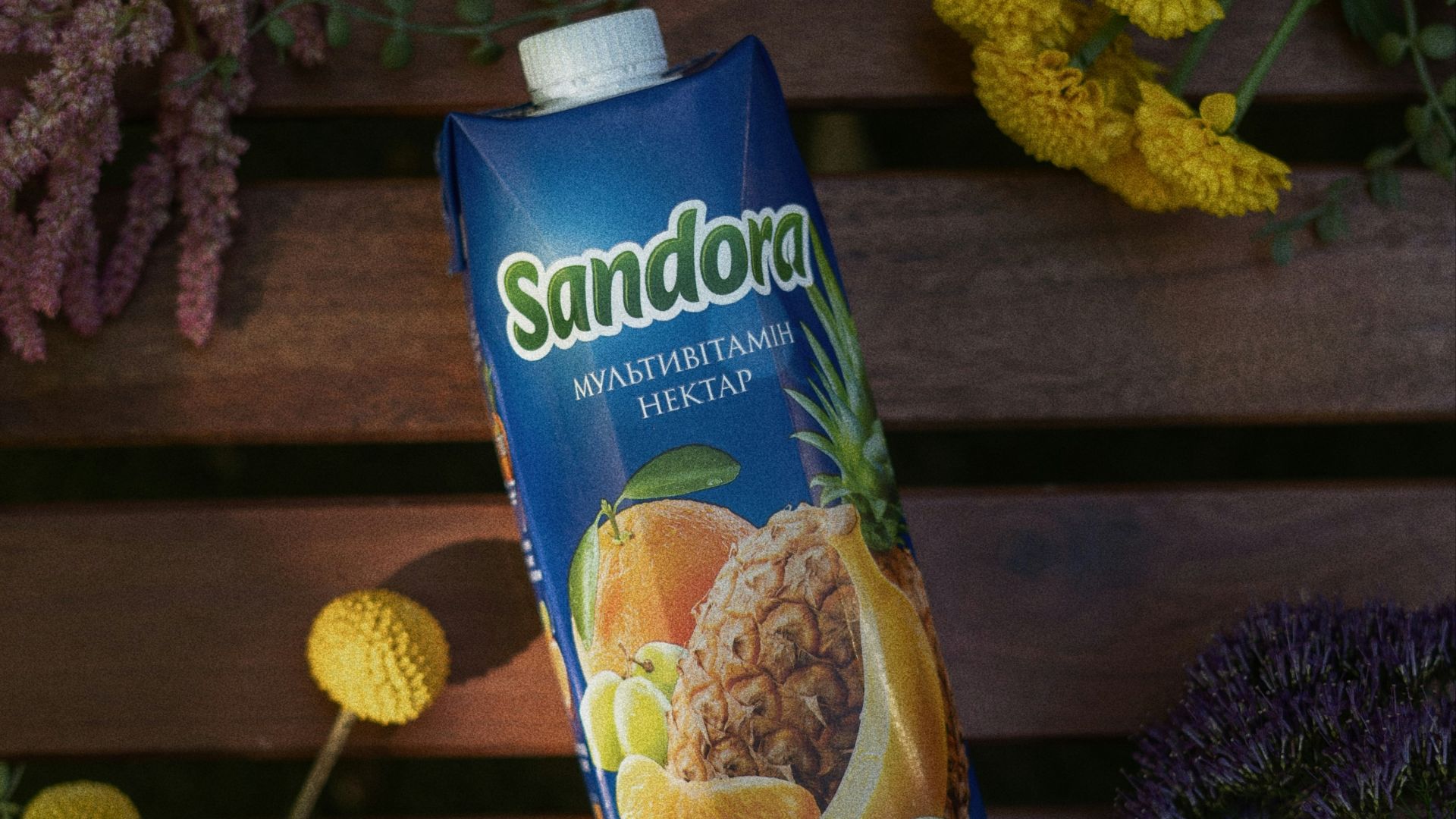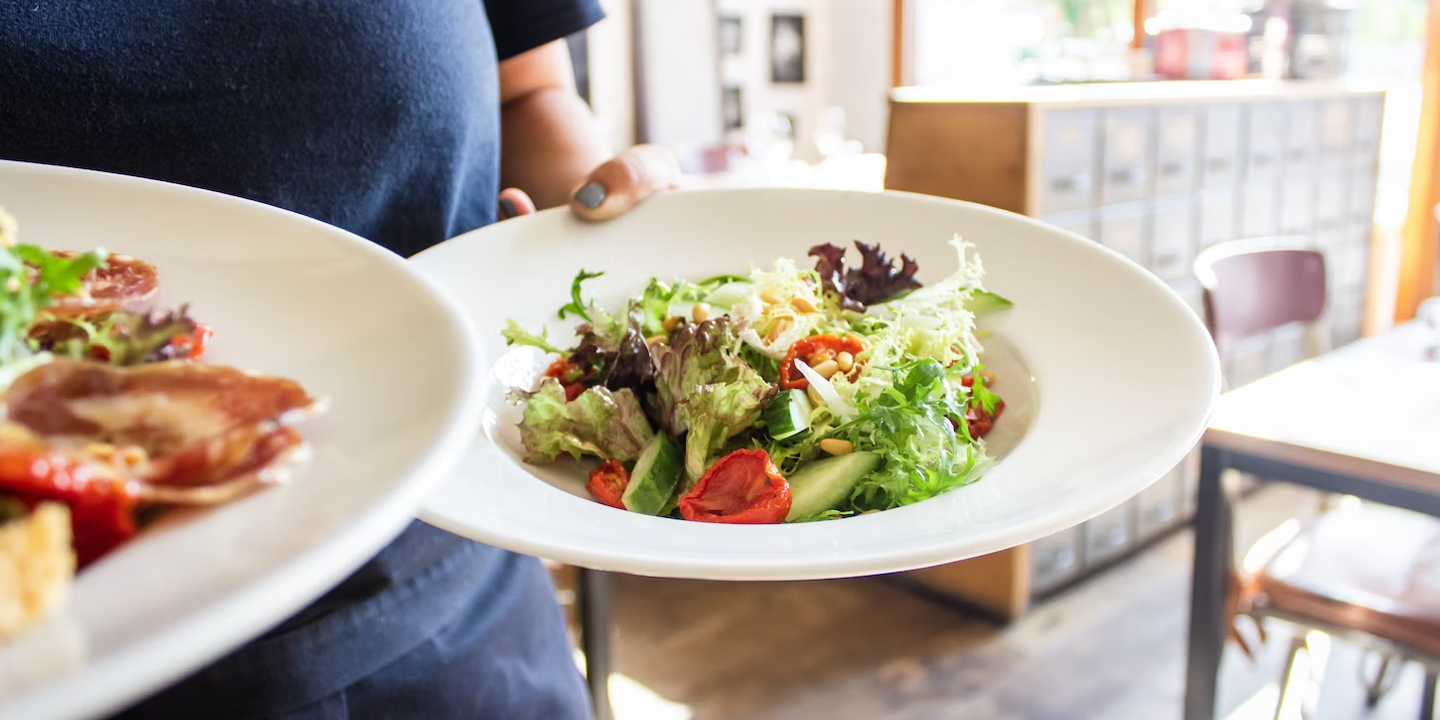Lackluster Lunches
For many busy parents, turning to pre-packaged lunches makes meal prep an easier part of the day. However, relying on these convenient meals may prove more dangerous than you might think. Here are 10 reasons to avoid Lunchables and other pre-prepared lunch kits, and what to buy instead.
1. Loads of Lead
The last thing you want to worry about when packing your kid’s lunch is their exposure to lead. Well, it turns out Lunchables and other lunch products carry a surprising dosage of heavy metals. Compared to the U.S. Dietary Guidelines, one box of Turkey and Cheddar Cracker Stackers from Lunchables has about 74% of your daily lead intake.
2. Loads of Sodium
Sodium is a similar game, where the same Turkey and Cheddar Cracker Stackers carries 49% of your allocated daily sodium. This means one meal puts you over half your daily intake, and a growing child definitely needs more than one meal to get through the day.
3. Risky Contaminants
Since pre-packaged meals like Lunchables are heavily processed, they become exposed to riskier contaminants like cadmium. These contaminants are known to cause developmental issues, which is especially dangerous for growing children.
4. Artificial Additives
It’s no secret that processed additives and preservatives aren’t the best things to be eating. These industrial ingredients are predominantly found in Lunchable meal kits, meaning your child will be eating all sorts of high-risk ingredients.
In fact, many studies have linked additives and preservatives like nitrosamines to serious health issues and diseases.
5. Lack of Options
In an attempt to appeal to children, the food items offered by Lunchables and other brands are often comfort-food-oriented. You have cracker stackers and pizza, which may seem fun, but aren’t very nutritious. Most nutritionists agree that children require plant-forward proteins and nutrition-packed foods to help with growth.
6. Fatty and Processed
Another risk of processed foods, such as luncheon meat and refined grain crackers, is all the unnecessary fats and sugars they contain. This can increase the calorie count without doing much for your kid’s nutrition. Plus, crackers like those used in some meal kits are full of hydrogenated fat.
7. Plastic Packaging
For the environmentally-conscious individuals out there, it’s no secret that the packaging of Lunchables and their meal-kit equivalents makes them less than ideal. Unlike a reusable standard lunch box, the waste left behind by Lunchables is terrible for the environment.
8. Chemically Toxic
Lunchables being described as toxic should be enough to stop you from buying them. Well, it turns out that’s the truth. Phthalates, which are a kind of toxic chemical, have been found in these kits, and they’re known to increase the likelihood of developing heart disease.
9. Expensive
If the dangerous chemicals and lack of nutrients aren’t enough to stop you from buying Lunchables, then the sheer price might be. Maybe it’s worth it to pay for the convenience, but the costs add up, and the alternatives are far more sustainable.
10. Eating Habits
During their younger years, you are informing and molding your child’s eating habits. If they grow up eating pre-packed and unhealthy meals, they’ll continue to do so as they get older, leading to chronic issues like obesity. Instead, this is prime time to instill a healthy lifestyle and set them up for success.
To build on better meal choices and healthier habits, here are 10 tips that will make lunch prep a breeze.
1. Weekend Prep
It’s hard juggling getting ready for work, dropping the kids off on time, and making lunch all in the same morning. To take one element out of the mix, do most of your meal prep during the weekend. You can even involve the kids and bake oatmeal muffins or divide food into ready-to-go containers.
2. Leftovers
When cooking for family, it’s too easy to make more than you need. Rather than let those extra servings of pasta or rice hit the garbage can, put them aside for school lunch. This way, you can make as much as you want and take care of two chores in one go.
3. Nightly Prep
If you want a less intense prepping schedule, simply taking 10 to 20 minutes the night before to prepare the lunchbox can save you time in the morning. It doesn’t have to be complicated either—you can make a sandwich or pack some celery sticks and peanut butter and leave it in the fridge overnight.
4. Keep It Simple
Sometimes the simplest approach is the best approach. If your kids like comfort foods like cheese and crackers or pizza, offer up the same dishes without the chemicals and toxins.
Try whole wheat pita bread with ketchup, grated cheese, and pepperoni as a pizza alternative. Or use whole-grain crackers, sliced fruits, and real cheese as a fun cracker stacker alternative.
5. Protein First
If you have trouble coming up with ideas or organizing a whole week’s worth of lunches, start by thinking about protein. Protein is one of the most important things your child needs, and there are plenty to choose from, such as nuts, tofu, beans, fish, and meat.
6. Balancing Act
By having plenty of pre-washed fruit on hand, as well as some of their favorite snacks, it becomes quite easy to fill up each section of the lunchbox and call it a day. Approach it like a formula, and you’ll be done before you know it.
7. Team Effort
If your kids are picky eaters, involving them in the preparation process can help eliminate stigma and get them excited to eat new foods. Have them come up with ideas and let them take the lead in packing it in.
8. Lots of Small Bites
While it can seem complicated to make lots of dishes for multiple small portions, you can eliminate a lot of the work by preparing three or four big items before the week starts. Then, simply divide up that big item, like a large salad bowl, into small portions throughout the week.
This way, your child has lots of variety and a few different items to eat for lunch.
9. Add a Drink
Next time you’re grocery shopping, be sure to pick up a healthy drink to help round out the meal. If your child likes juices, be sure to choose real fruit juices with very little sugar.
10. Have a Failsafe
For the days you don’t feel like making anything at all, be sure to have a failsafe so your kid doesn’t have to settle for unhealthy and toxic meal kits. This could be something like puffed rice crackers with peanut butter on top or a zip-locked salami sandwich tucked away in the fridge for lunch emergencies.





